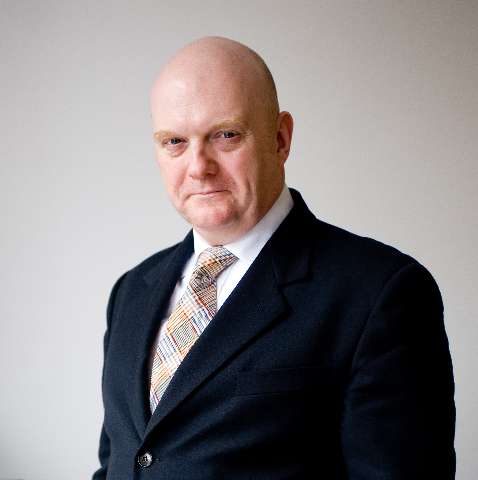The Royal Ballet is finishing the season in fine form, albeit at a canter rather than a gallop; choosing three of the twentieth century’s finest one-act ballets for this closing programme. This performance was dedicated to Aud Jebsen, whose exceptional philanthropic support for the company (and many others in the arts) helps to pay for what we all enjoy.
The Firebird is a gloriously dated, gorgeously designed slice of cultural decadence, and The Royal Ballet’s production enjoys a provenance that is directly linked to the later Ballets Russes’ production in choreography, designs and staging. Natalia Goncharova’s backcloth to the final scene with its pastel towers and bulbous onion domes is one of the finest pieces of art in the whole of ballet. When Ninette De Valois revived the work in 1954, her dancers were coached by those who had performed for Diaghilev, including the very first Firebird, Tamara Karsavina, who passed on her knowledge to Margot Fonteyn.
I never saw Fonteyn dance the role live, although we can all enjoy an assimilation of that experience through Paul Czinner’s richly-textured 1959 film of The Royal Ballet. 60 years later, Yasmine Naghdi carries that same free-spirited pride in her powerful mix of avian and human gesture. Her Firebird is both wilful and sensual, but never vulnerable: when captured, there is a tiny tinge of fear that merely colours her indignation. It was an arresting debut in one of ballet’s most impressive cameos.
One of the most touching aspects of this revival was the pairing of Edward Watson as Ivan Tsarevich and Christina Arestis as The Beautiful Tsarevna. They both joined the company from The Royal Ballet School 25 years ago, and – although unacknowledged – this opening night was also a tribute to their long service (and even longer friendship), given special credence by these touching performances.
It takes Gary Avis ninety minutes to get into makeup and costume for his role as the Immortal Kostchei – and he looks incredible – but it all comes off in a tenth of the time so that he can reappear after the interval as Rakitin, the hapless, besotted admirer of Natalia Petrovna, in Frederick Ashton’s A Month in the Country.
It seems strange that the company’s star ballerina, Marianela Nuñez, has not performed as Petrovna before. She dances the Ashton steps with lightness and precision, providing clarity in her character’s emotional journey. We feel Natalia’s sense of boredom, eased by her winsome flirtations with Rakitin but nonetheless tempered by an overarching loyalty to her rich husband (Christopher Saunders), before she falls for her son’s handsome tutor. It was a delightful performance to rival any that we have seen in this role although the “Princess Leia” hairstyle has now come to seem as if Natalia is wearing headphones!
There were strong performances throughout the small cast with Matthew Ball ideally suited to the disruptive influence of Beliaev, the tutor, who has the whole household in his thrall, including the maid (Romany Pajdak) and Natalia’s ward, Vera (Francesca Hayward), dancing descriptive pas de deux with both as well as the sentimental defining duet with Natalia. James Hay gave a joyful, breezy account of the son, Kolia.
Great music defines this programme, opening with a sumptuous account of Stravinsky’s first immense ballet score, with its memorable themes and then onto John Lanchbery’s arrangements of early Chopin melodies for A Month in the Country, with pianist Kate Shipway giving an imposing performance.
Despite our inbuilt familiarity with slower tempi in London, it still seemed to rattle along at a pace (although I noted that some of the corps de ballet dancing lacked the driving flow that we should associate with Bizet’s fast sections). Many dancers deserve praise but I will stick with the first movement and three outstanding, quicksilver and perfectly-aligned men (Vadim Muntagirov, Cesar Corrales and Joseph Sissens) plus a delightful performance by Fumi Kaneko, stepping in with confidence to replace an indisposed Natalia Osipova.
Each of these three important works is now a staple in The Royal Ballet’s repertoire. Two – The Firebird and Symphony in C (originally Le Palais de Cristal) – were both created in Paris and can be described as inherited wealth. Taken together with the self-made riches of A Month in the Country, and in this order, it was a very effective and enjoyable programme.


